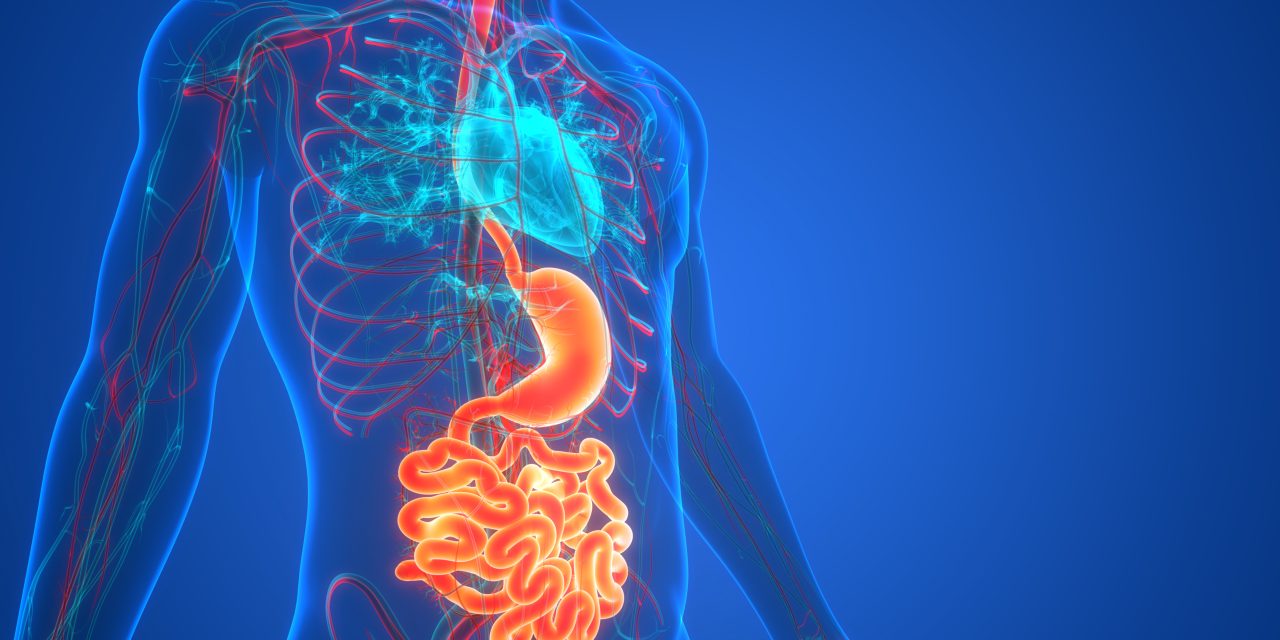The purpose of this study was to look at the relationship between abdominal fat assessed by ultrasonography and anthropometric indices in children who were either obese or normal weight. In this study, forty youngsters with BMIs more than the 95th percentile were included as cases, while a corresponding group of 32 healthy average-weight classmates served as controls. All children received clinical examination, anthropometric measurements, and ultrasound evaluation of abdominal subcutaneous fat (SCF) and visceral fat. Obese children had an average age of 8.7 2.9 years. In children with obesity, the SCF and intraperitoneal fat (IPF) values correlated well with each other and with anthropometric measurements. 90 percent of the patients were metabolically unwell, 70 percent had hypertension, 52.5 percent had dyslipidemia, and 22.5 percent had echogenic liver. Children with complications had larger anthropometric measurements, abdominal SCF, and IPF. Among the ultrasound characteristics examined, SCF was found to be an excellent predictor of hepatic echogenicity. In instances with hepatic echogenicity, the optimum cutoff value for SCF was 23.2 mm, with an overall accuracy of 80%.
Abdominal SCF and IPF associated well with anthropometric measurements in children with obesity and were greater in those with comorbidities. Apart from individuals with echogenic liver, this result did not predict comorbidities.


